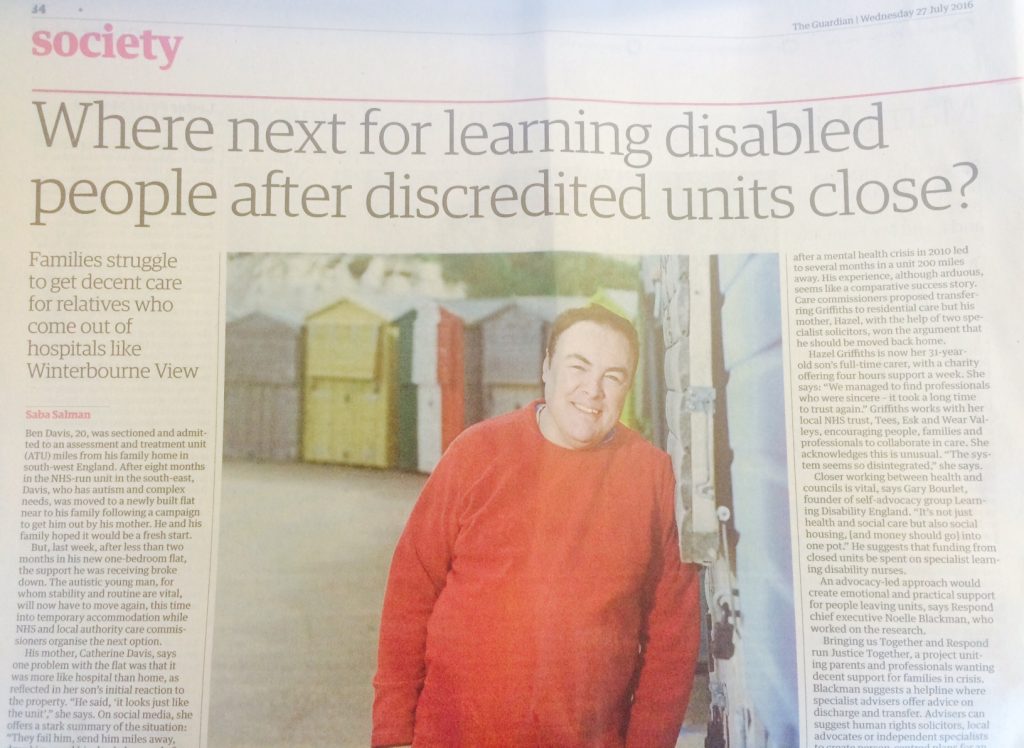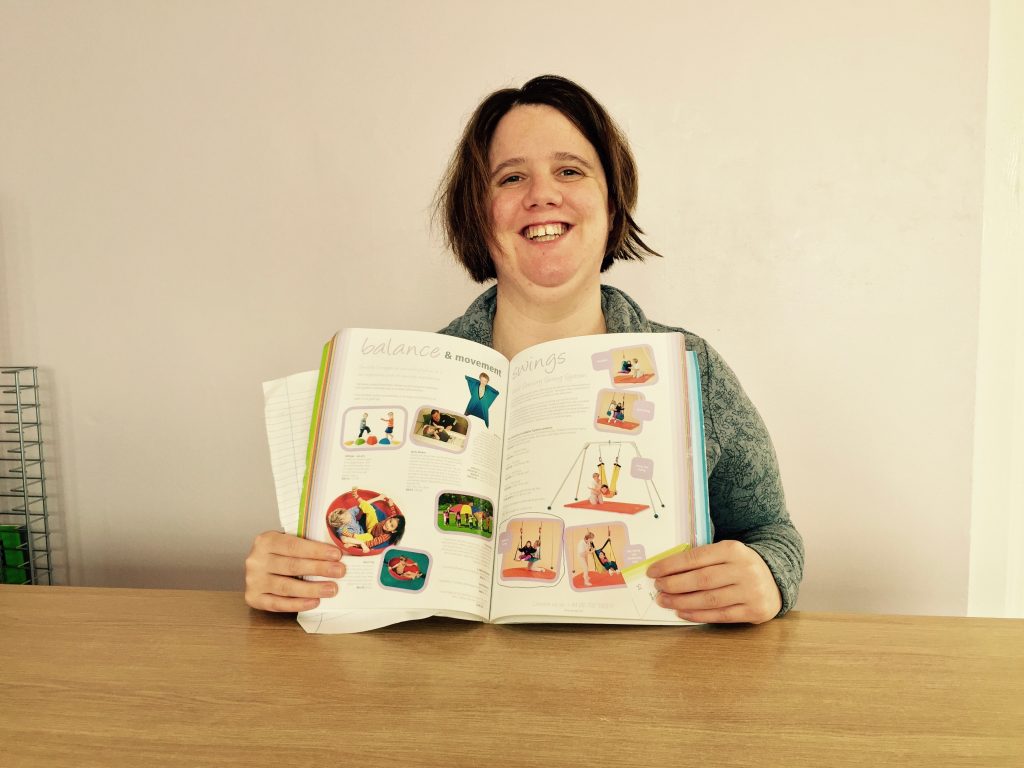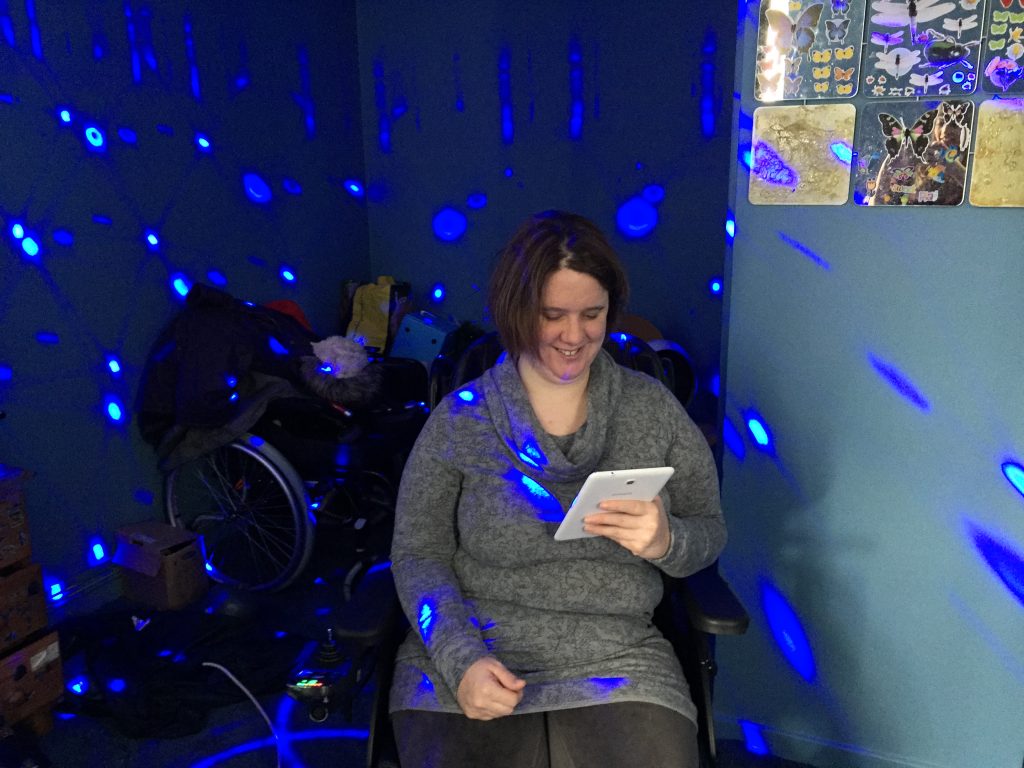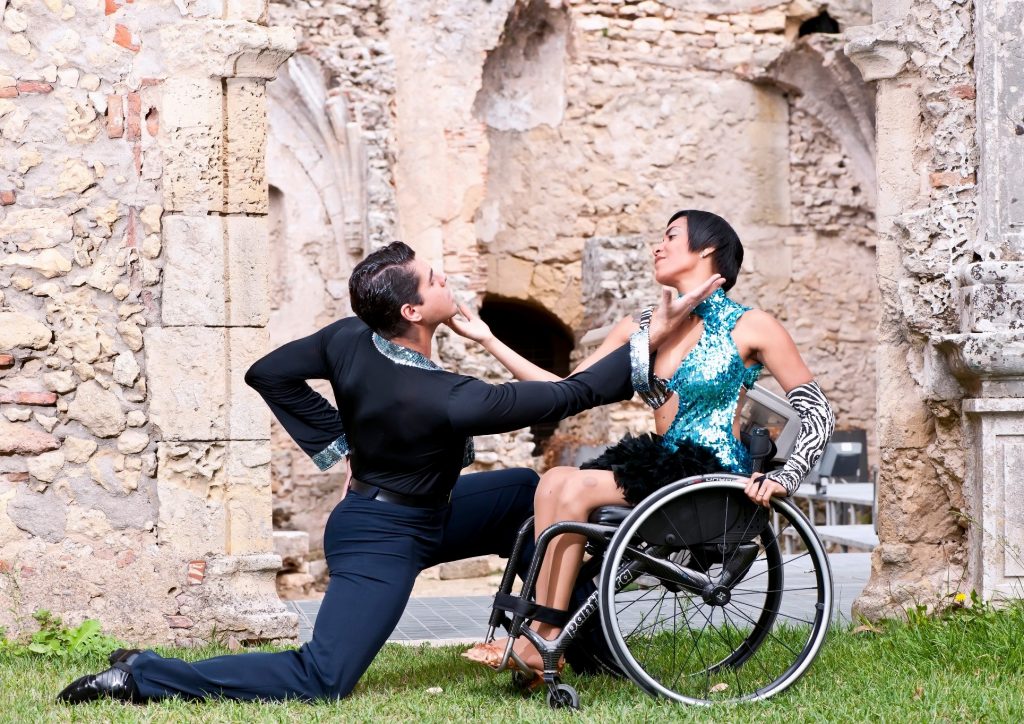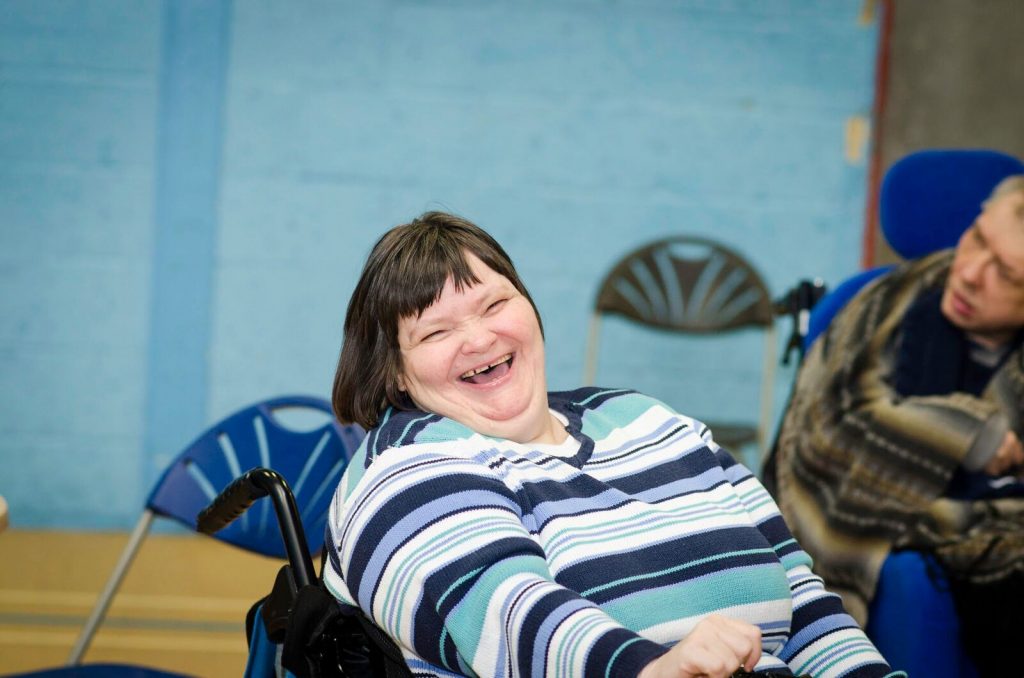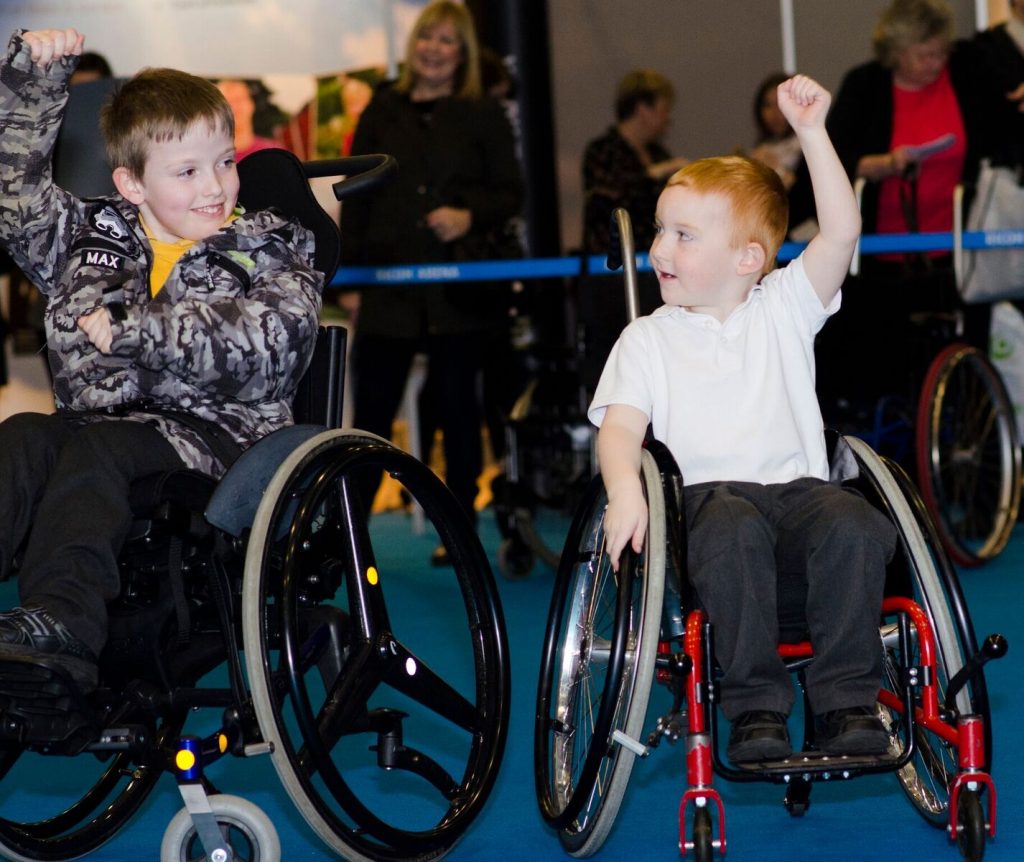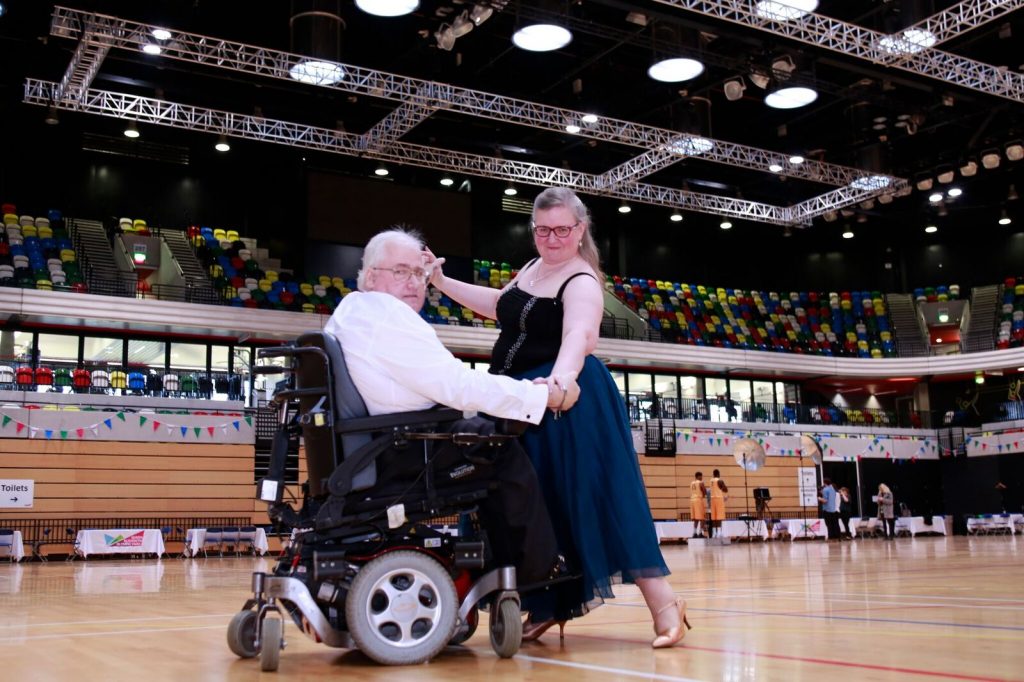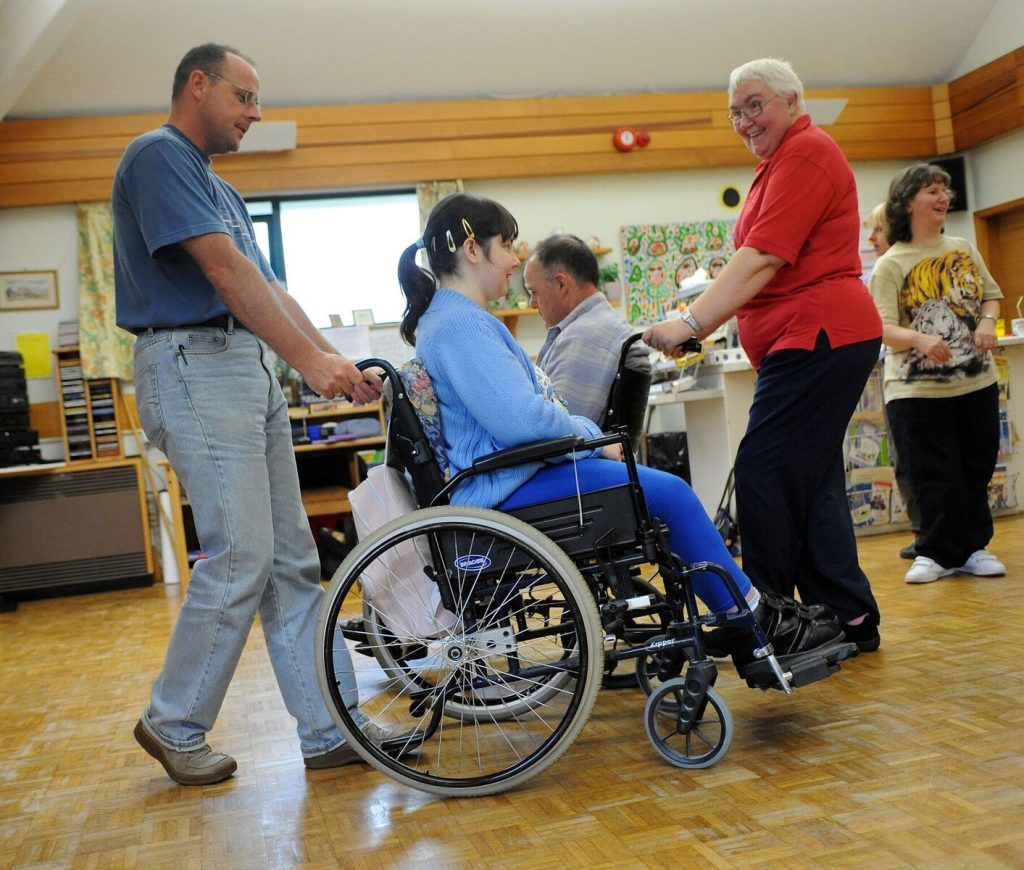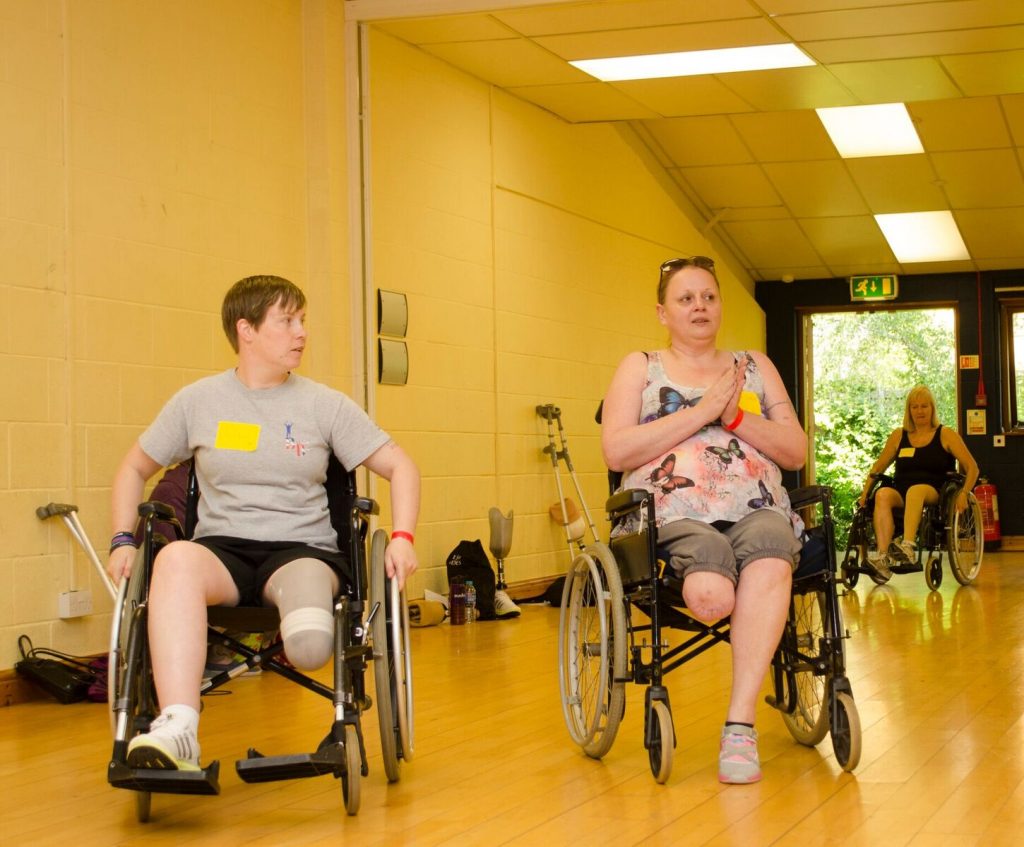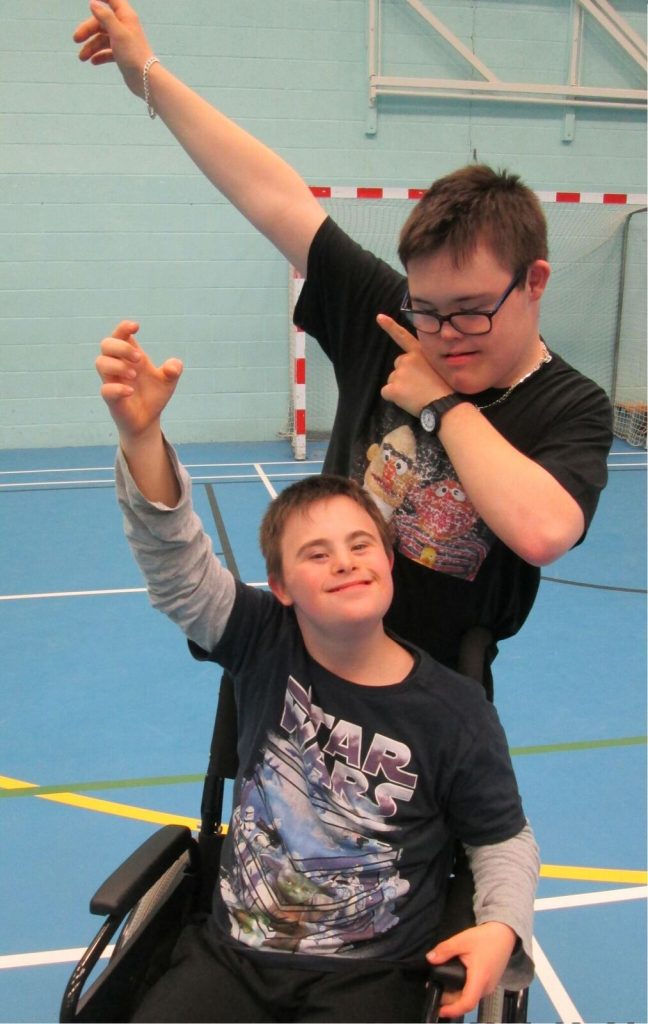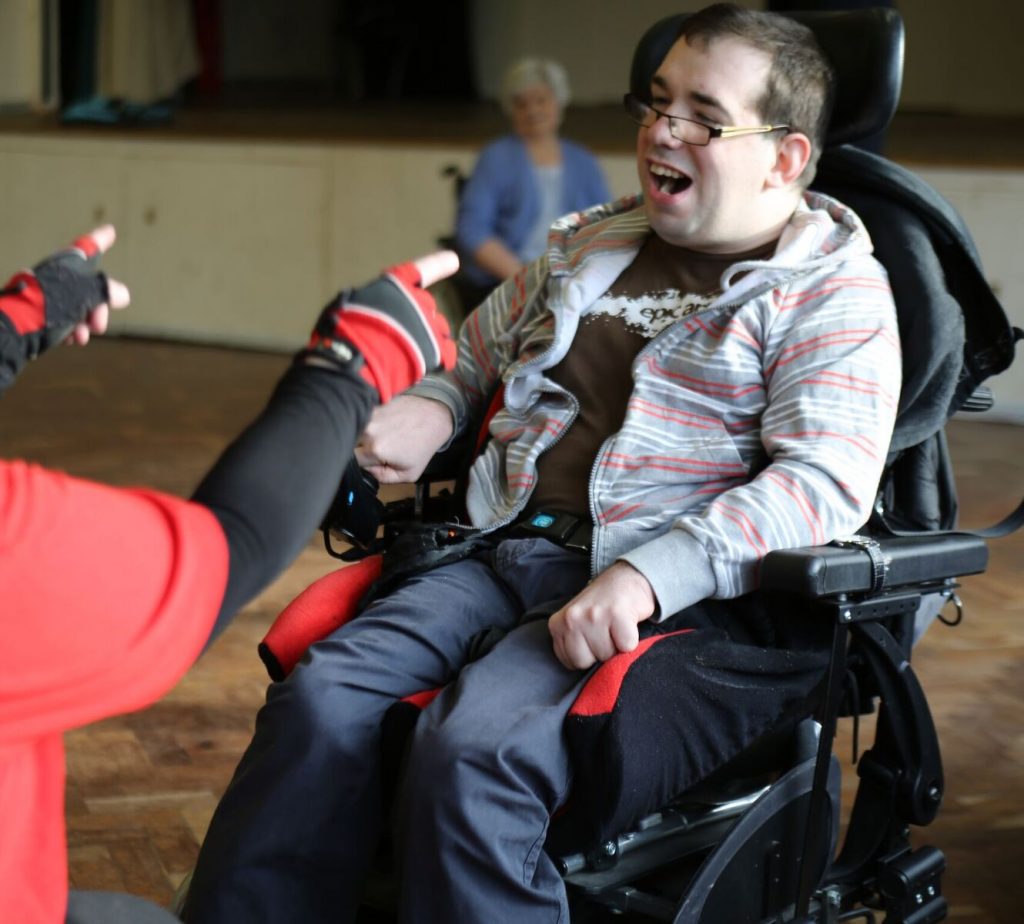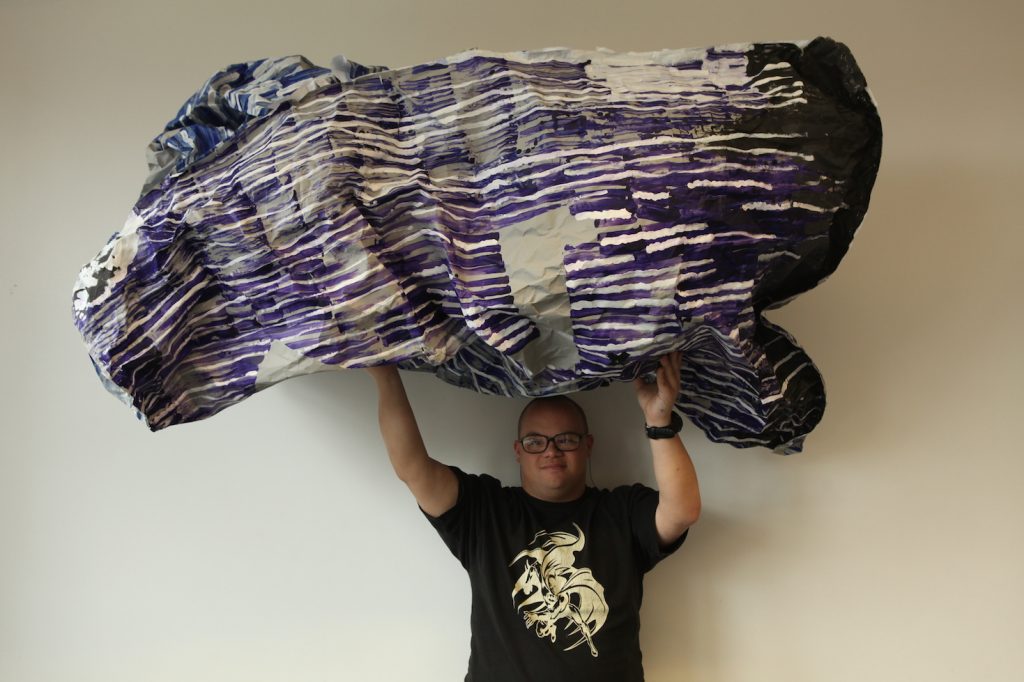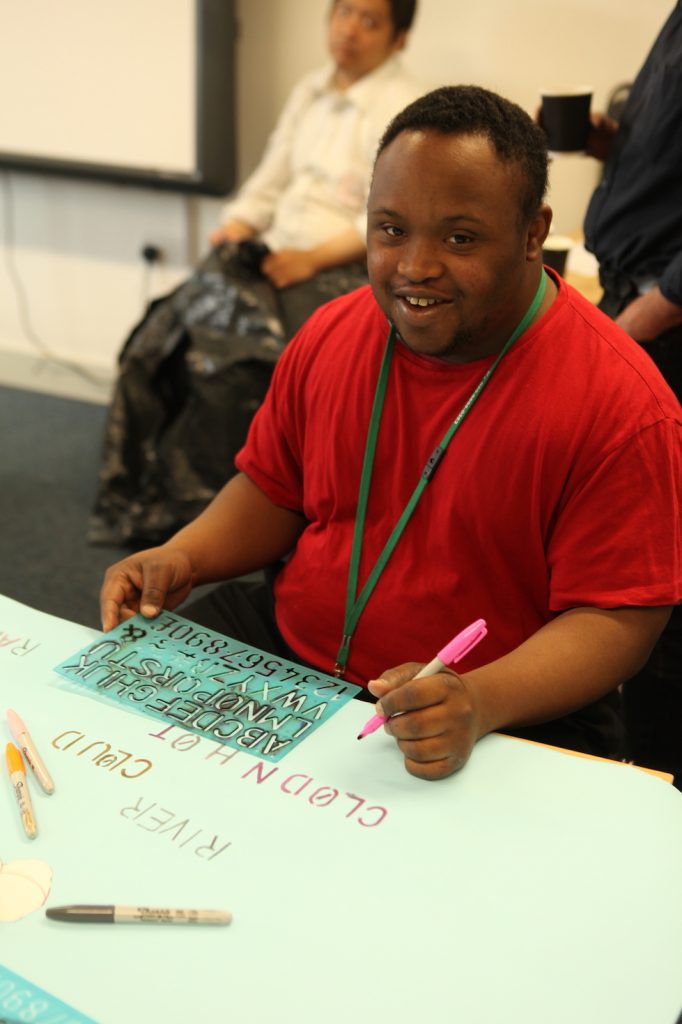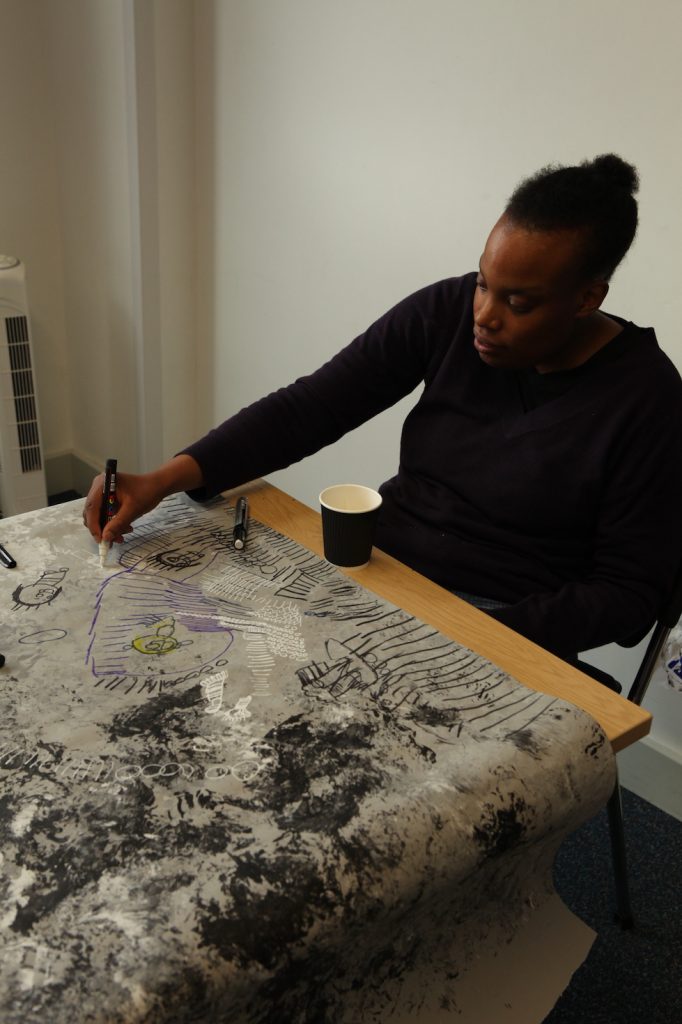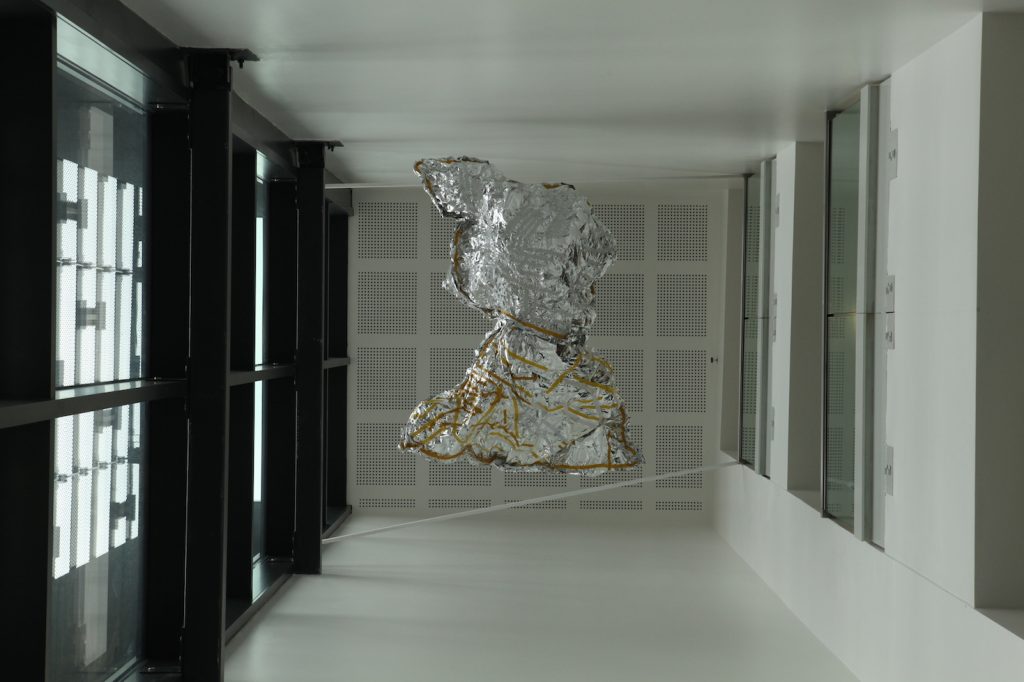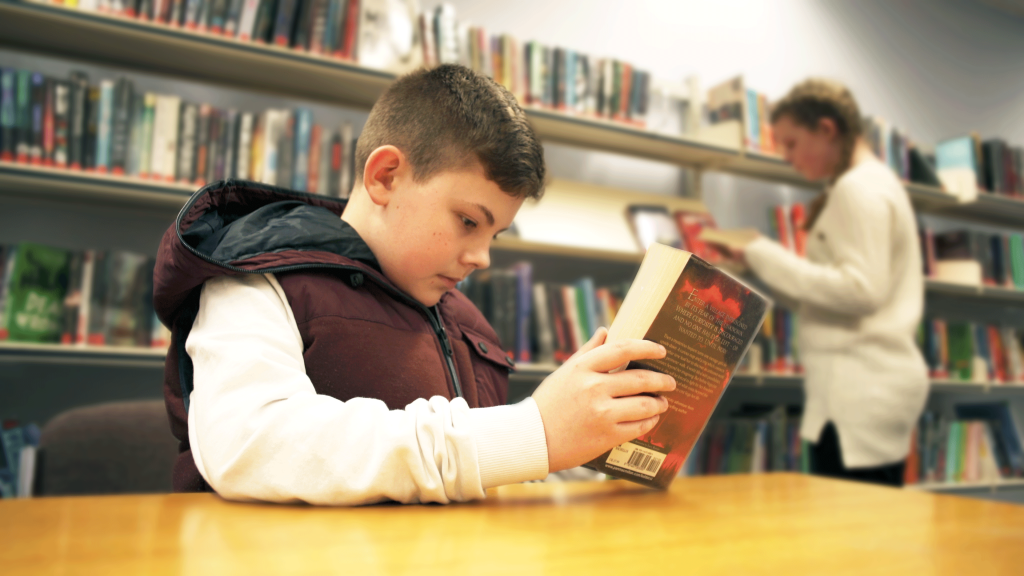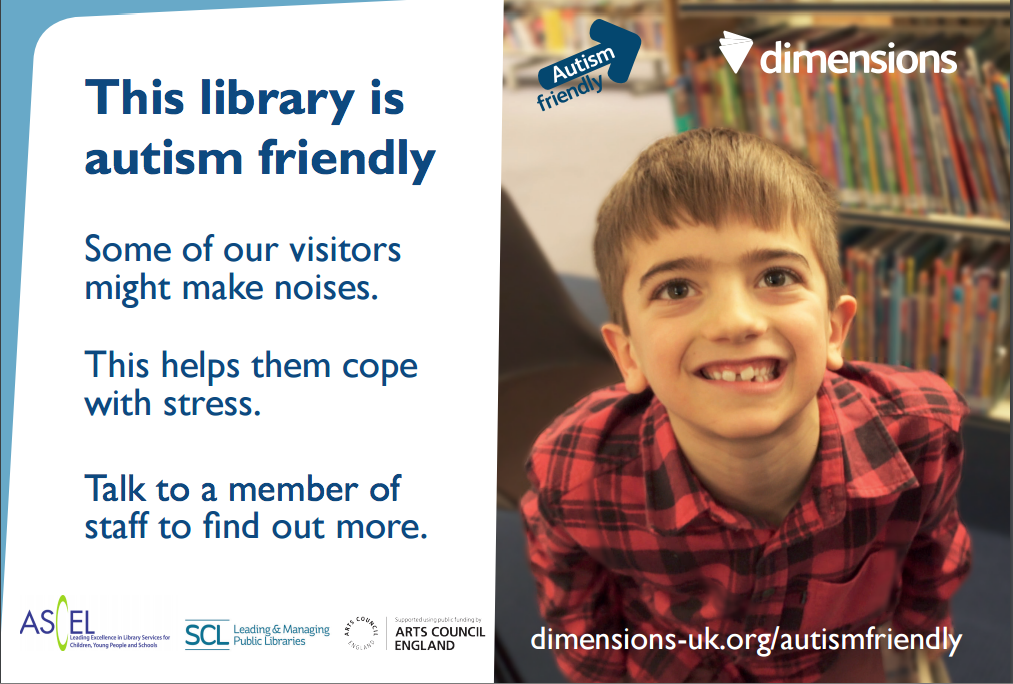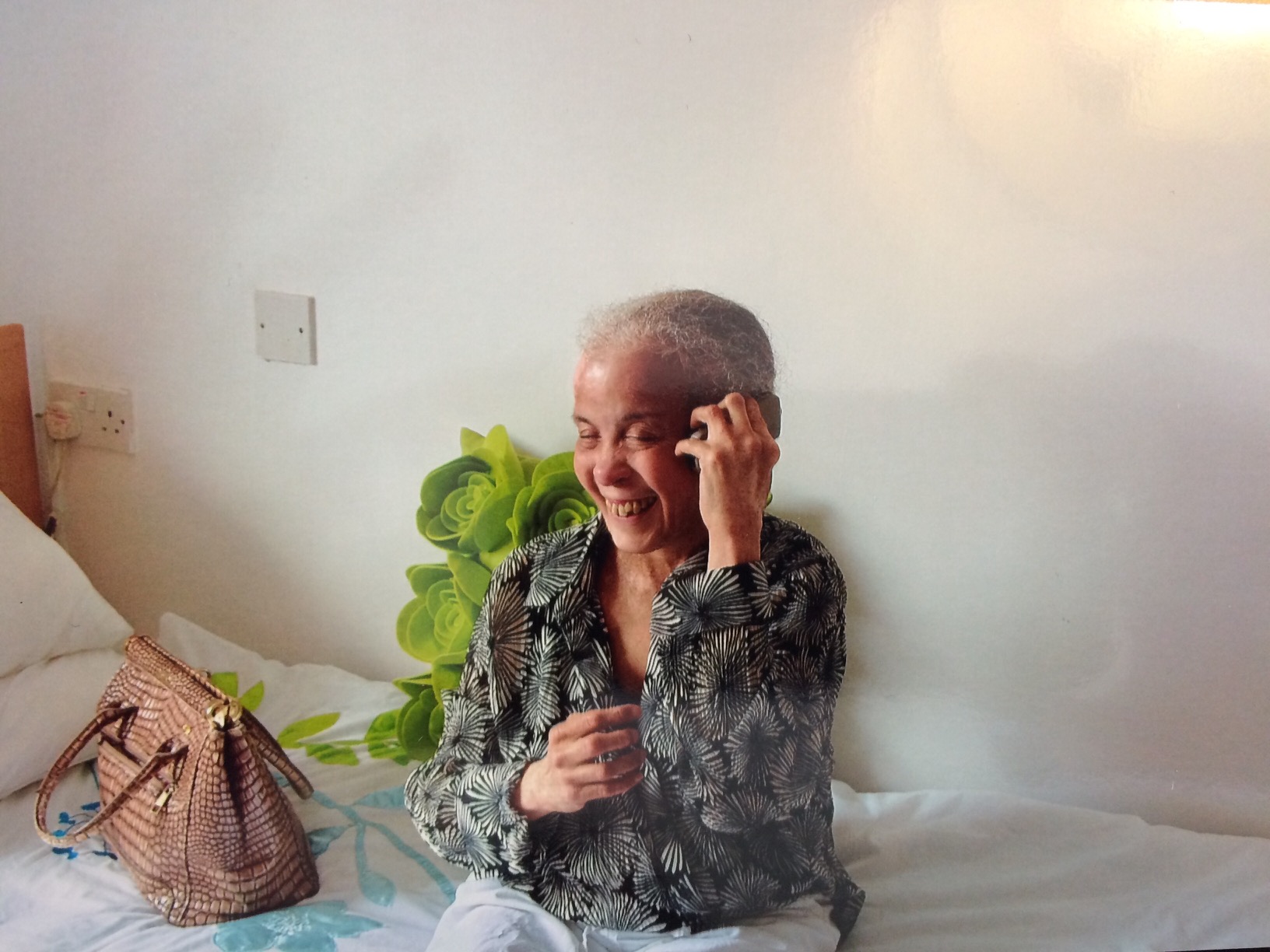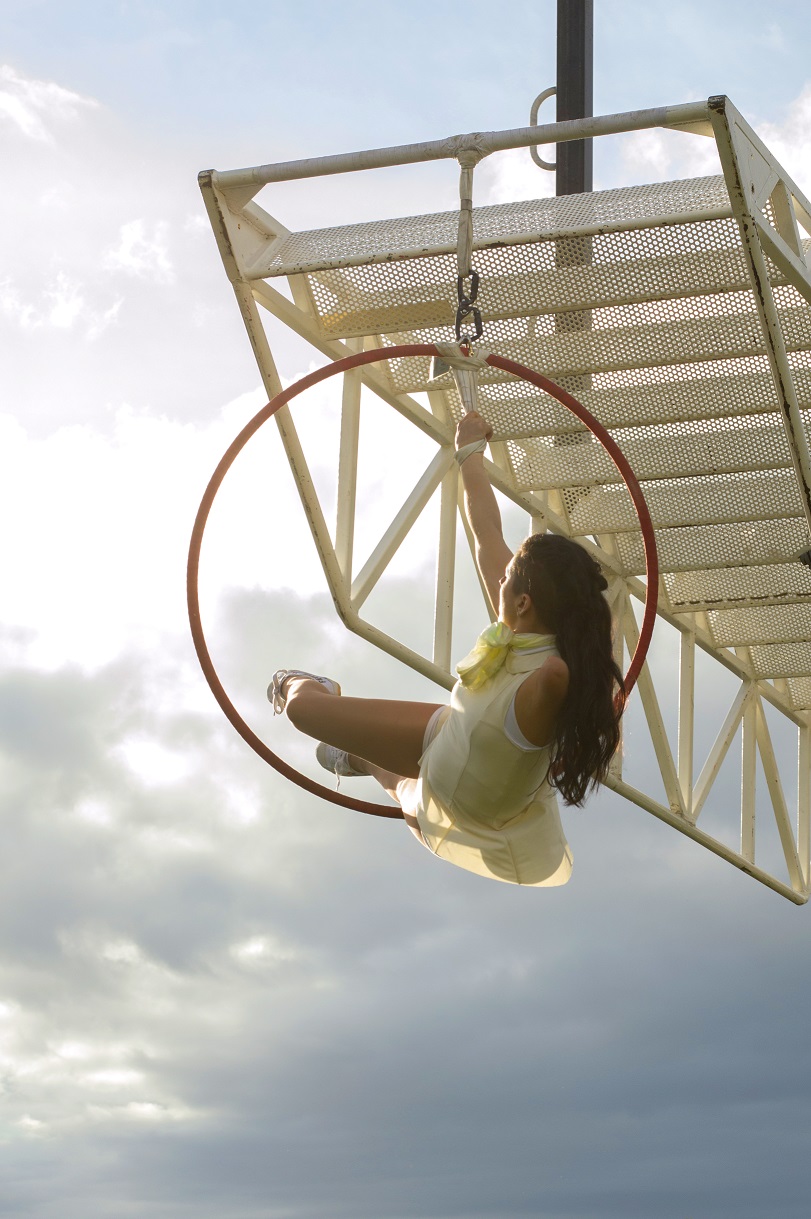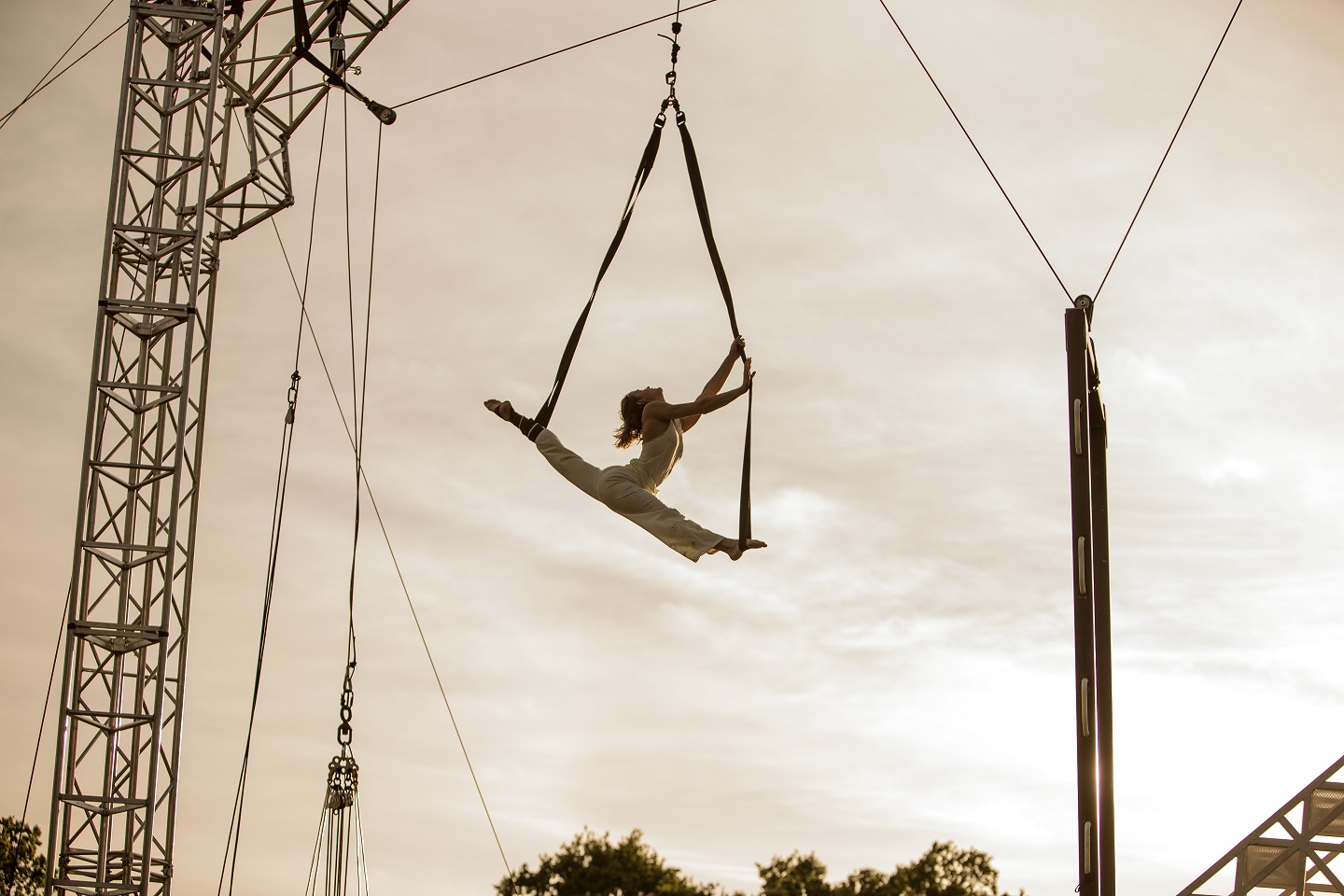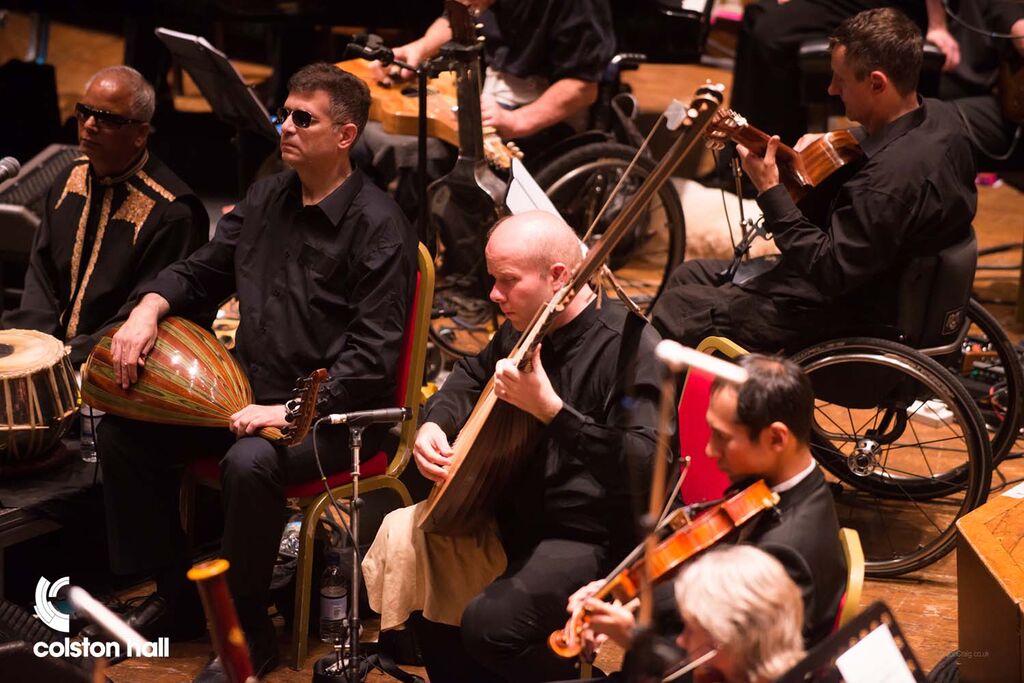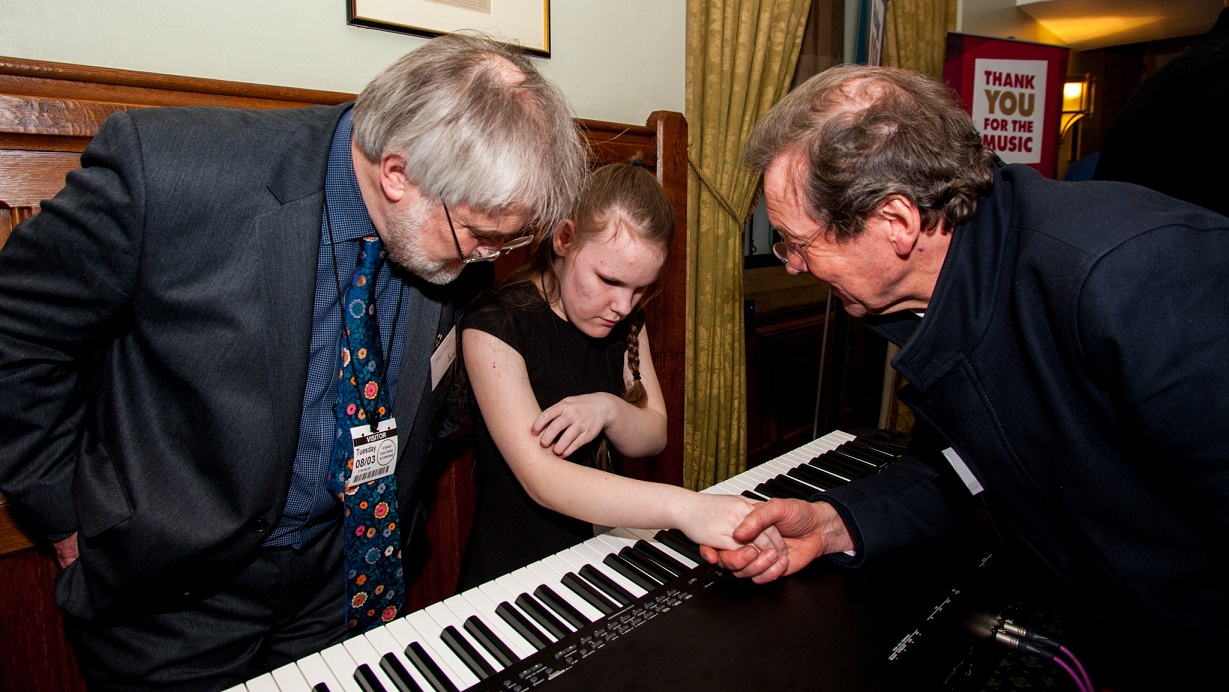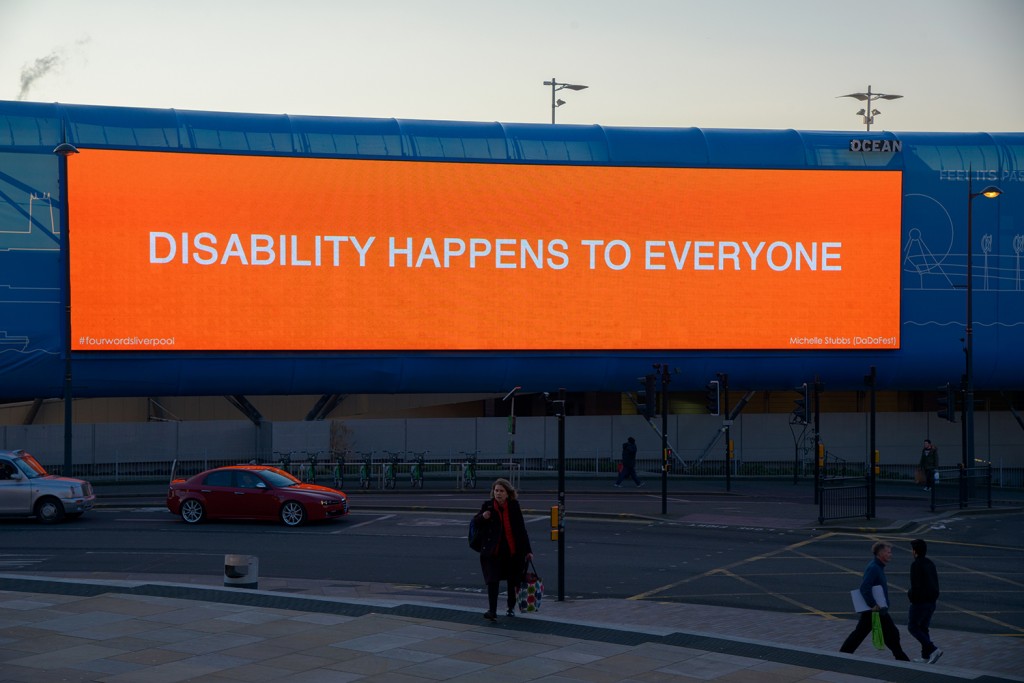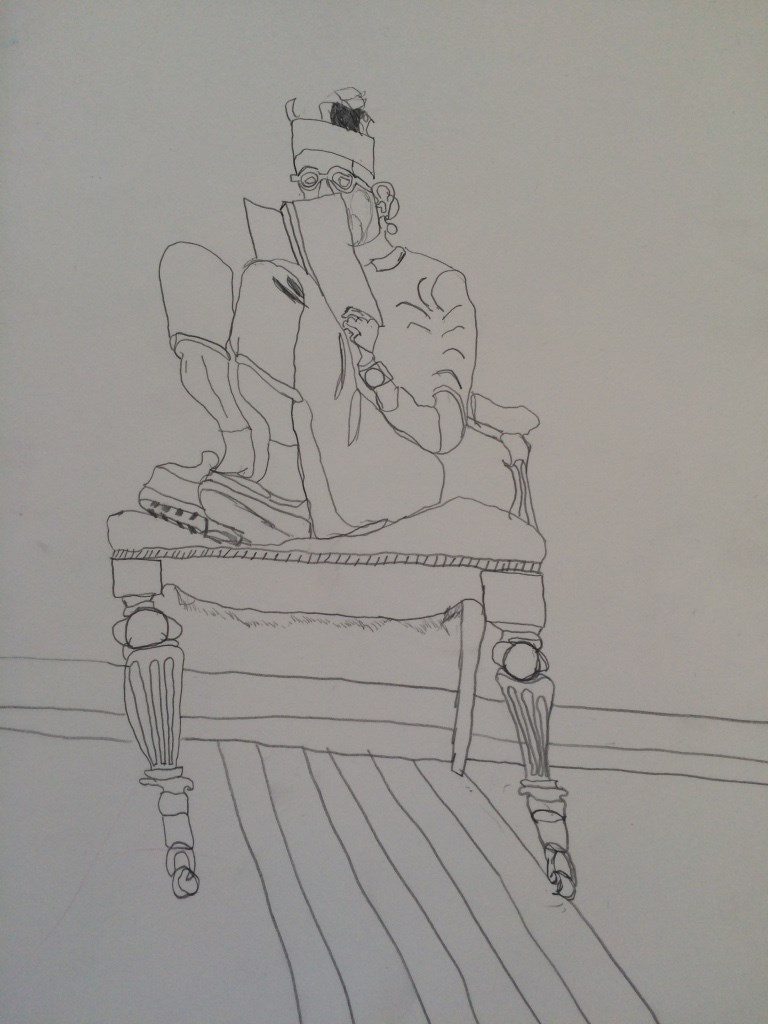
This beautiful pencil drawing by artist Laura Broughton is among those chosen for the highly competitive Royal Academy Summer Exhibition.
Laura’s piece, Post Party, is one of 1,240 chosen from 12,000 submissions and the original was snapped up by a buyer on the second private viewing day.
Having her submission chosen for the annual show, says Laura, who has a learning disability, has made her feel “equal”. She adds that it was a “massive goal” to be accepted for the exhibition but that she was also “scared, excited, amazed”.
Laura explains what she enjoys about her work: “l lose my difficulties in the moment of creating. I feel from finding life difficult, it becomes clearer. As l make decisions in my drawing l just feel my way through and fill it with colour and drawing .
I met Laura three years ago when I covered her work as an “expert by experience”. Laura’s role as an inspector of social care services, supported by charity Choice Support, led to her involvement in a themed review of 150 learning disability services after the Winterbourne View scandal.
Although Laura’s artistic work was not one of our interview topics, we chatted afterwards about her art studies, progress and plans. I remember Laura explaining how important the creative process was to her and how important it was for her to develop and succeed. Three years on, she is fulfilling her ambitions by being accepted for the Royal Academy event; it is the biggest open art exhibitions in the UK and has taken place every year since 1769.
Laura says of making art: “l lose my difficulties in the moment of creating. I feel from finding life difficult it becomes clearer. As l make decisions in my drawing, l just feel my way through and fill it with colour and drawing.”
This is Laura’s artist statement: “I tend to notice social interaction. People’s characteristics are often displayed externally. As I draw following the line I somehow see inside as well as outside and clothing adds its own story. I draw to enjoy and convey something of the often, quirky nature of how I see and to provide a wry smile. I invent using colour and line and I am experimental in the way I use line and create structure. I choose different paper surfaces to do this.”
And here are some more examples of Laura’s work:

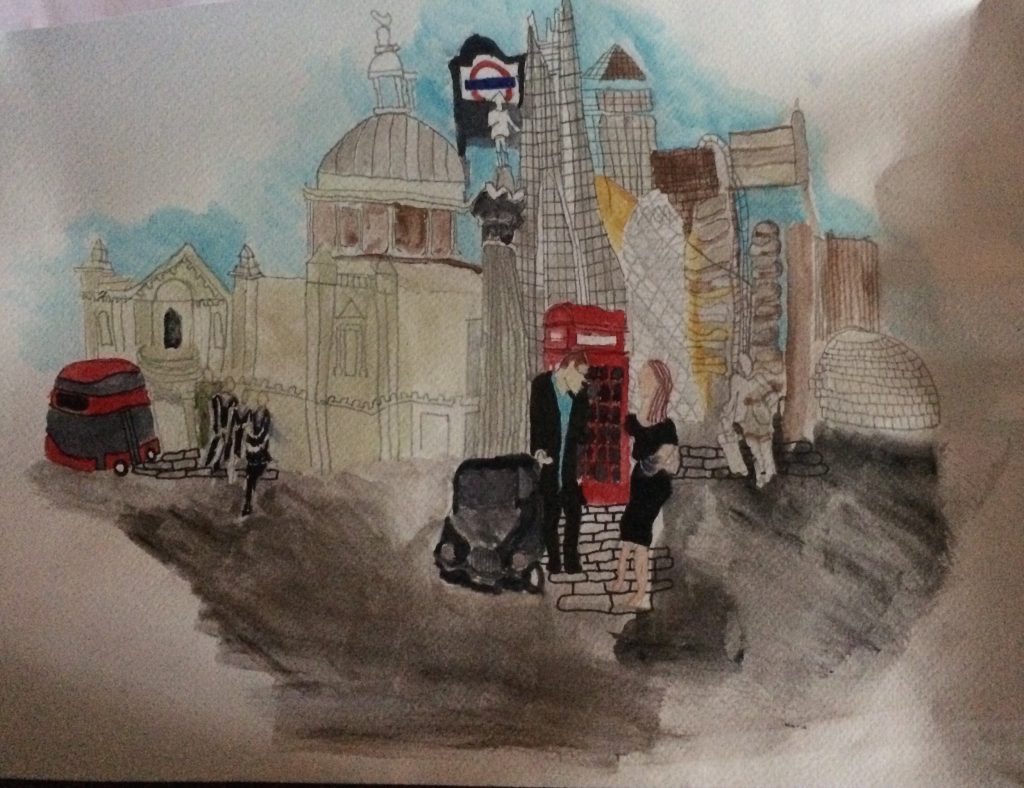
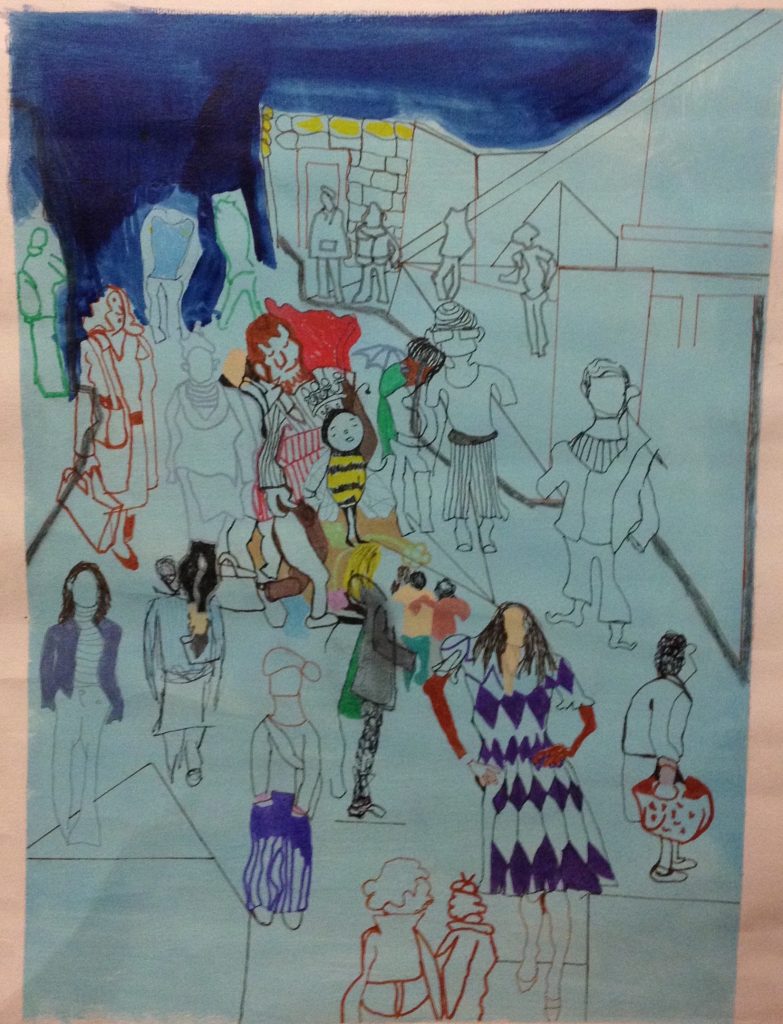
* Laura can be contacted on laurabroughtonartist@live.com
The website laurabroughtonartist.weebly.com shows some of Laura’s earlier work and will be updated with more current work in coming weeks.
* The RA Summer Exhibition is open daily until the August 12; Laura’s piece, Post Party, is piece number 196 and is on display in the Harry & Carol Djanogly Room.

